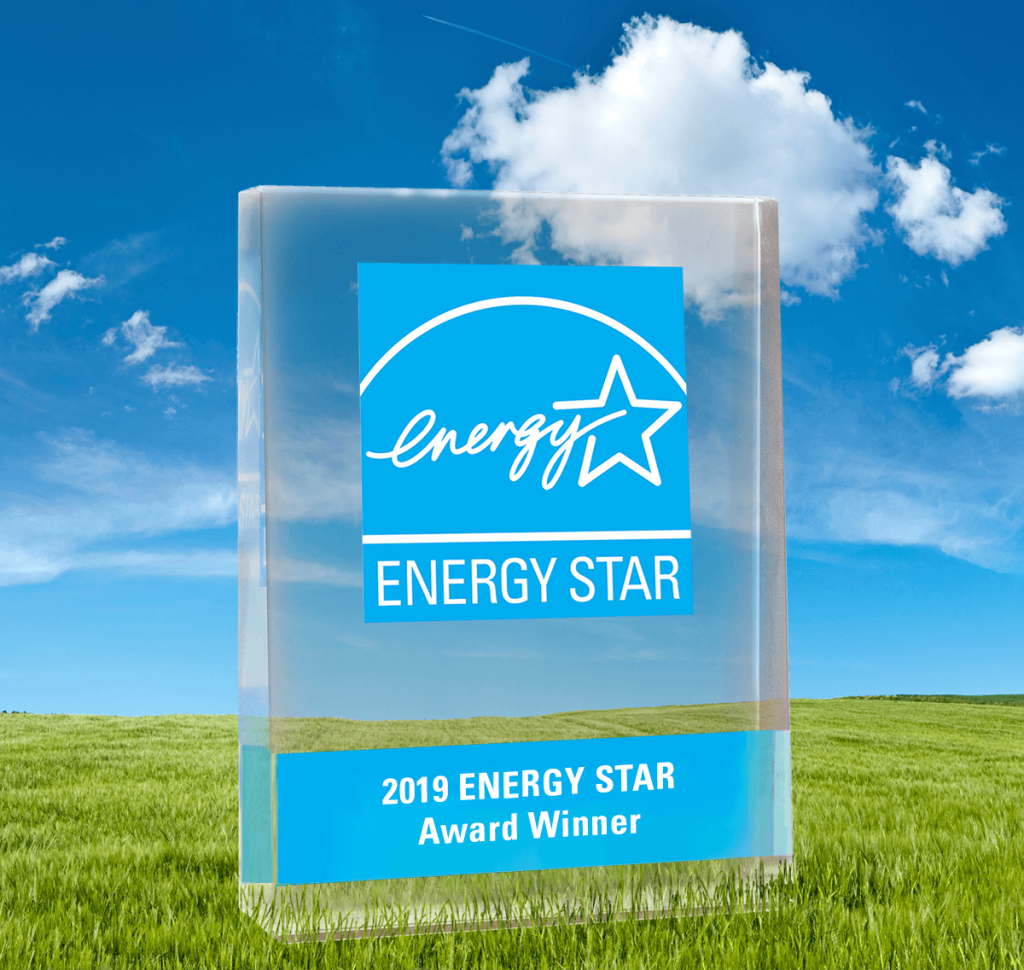Asset Performance
Better outcomes with better data
Industry leaders from Grubb Properties and MG Properties Group recently shared insights on big data, benchmarking and forecasting with Yardi’s Paul Yount. “You won’t be successful in any market if you don’t have the right tools. You need the data. You have to be ready and prepared,” said Joe Anfuso, chief financial officer at MG […]





